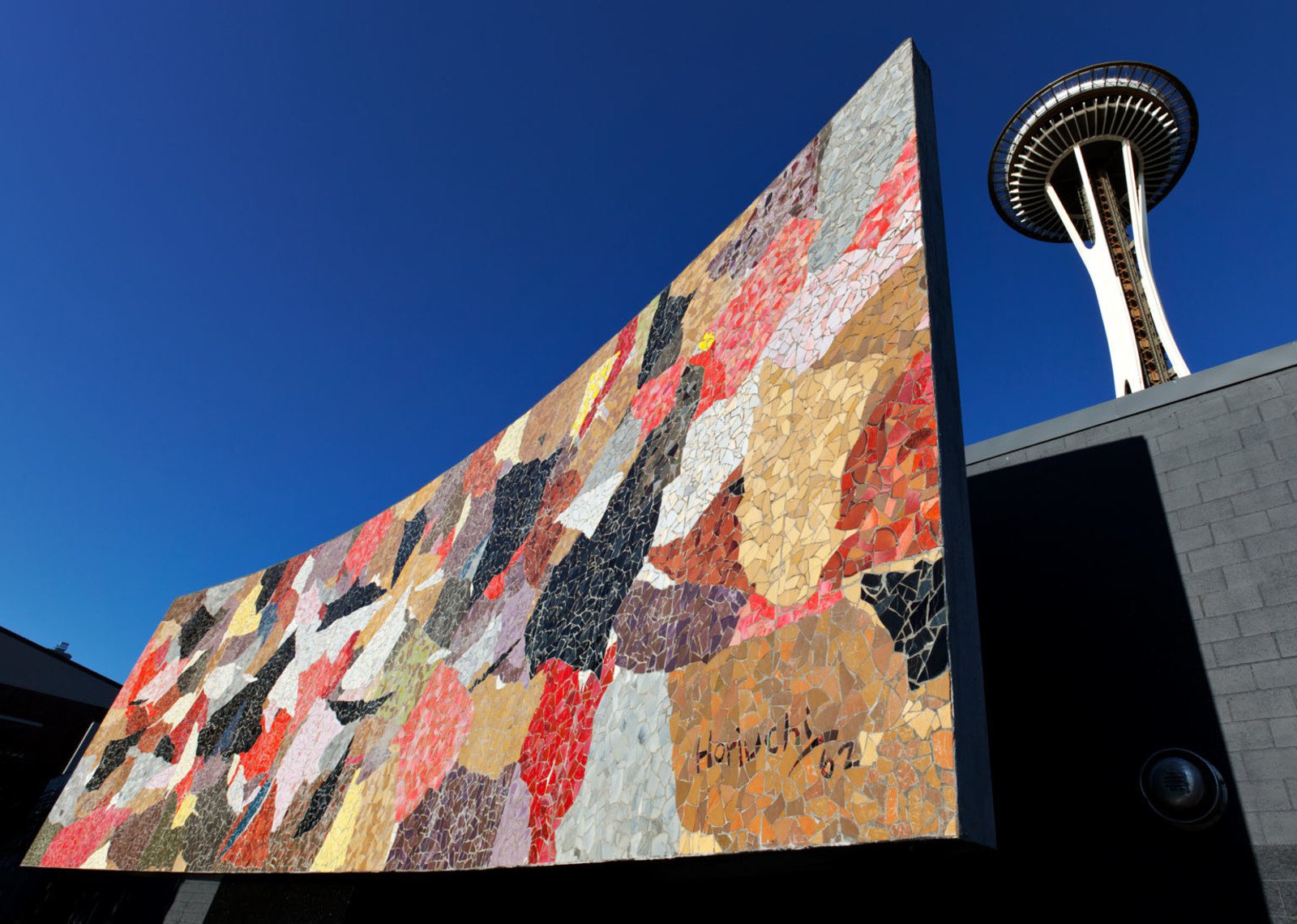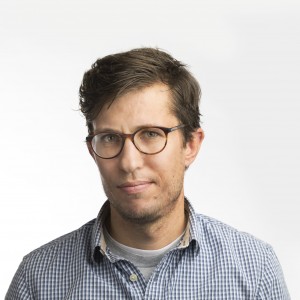The Seattle Center is not easily defined. Some argue it is, literally, the center of Seattle, a cultural hub that approximates the city’s center. It plays proud host to an array of civic events, athletics, protests, and celebrations. Most famously, the Seattle Center holds the symbol of the region: the ubiquitous Space Needle acting as a global brand ambassador, a backdrop to tourist photos shared online, and postcards sent to your uncle abroad. For me, The Seattle Center is a microcosm of contemporary Seattle, its architecture a haphazard intermingling of old and new, a decentralized center of a fast-growing city that is continually grappling with its history and its future.

The public art of the Seattle Center, managed by the City of Seattle’s Office of Arts and Culture, undergoes a similar amount of contextual upheaval as the city at large. Some of the art is permanent, some temporary. Dates range from midcentury to work that arrived just last month. Locations and adjacencies have been adjusted with campus renovations and new development, resulting in an unusually scattered collection.
Traversing the campus can be disorienting and labyrinthine for an outsider, but the public art can drive curious visitors deeper into the Seattle Center, and aid in wayfinding. Large sculptures, bold and colorful, are effective meeting places during crowded public events: Alexander Liberman’s Olympic Iliad (1984), Leni Schwendinger’s Dreaming in Color (2001) or John Fleming’s Grass Blades (2002) are difficult to miss. Locating subtle works like Randy Hayes’ Pool (1985) or James Washington Jr’s Barbet (1964) requires some tenacity but can uncover calm corners of the campus.


Broad Street Green, the conceptual front lawn of the Seattle Center, hosts most of the sculptures. These sculptures have been front row witnesses to the architectural changes to the campus, as well as the urban reconfiguration of the surrounding neighborhood. Part of ongoing transportation initiatives in the city, Broad Street itself is gradually eroding its automotive character that formed a physical and mental barrier to accessing the green from the south, where sculptures like Ronald Bladen’s Black Lightning can best be observed. Meanwhile, Tony Smith’s Moses(1975), a benchmark of minimalism, stands almost alienated opposite Frank Gehry’s MoPOP building, a late-century exercise in exuberance.
There are works that heighten awareness of unseen natural, cultural or historical undercurrents of the region: Horace Washington’s Untitled (1995) abstracts eroded geological strata, the work itself perhaps a new layer to be buried and someday uncovered. Totems by Rick L. Williams (2012), Duane Pasco, Victor Mowatt, and Earl Muldoon (1970) stand as reminders to native heritage and contemporary communities of woodcarvers. Timothy Siciliano’s Acrobat Constellation (1995), skyward totems themselves, similarly references the history of the site as grounds for a traveling circus. Neototems (1995) by Gloria Bornstein, point underground rather than skyward, a pair of cresting whales that pay homage to the legend of an ancient underground spring that natives believed had allowed whales to travel between Elliott Bay and Lake Union – coincidentally or not, the campus straddles both watersheds, and directly below these sculptures resides one of the City’s large stormwater detention tanks, that lessen the impact of runoff on lake and ocean ecologies.
Public Art ultimately requires thick skin, both an artistic resiliency to criticism and a physical durability. The intentions of the artist are not always conveyed to the everyday passerby; most visitors to the Seattle Center are there for other reasons after all, and many works can go unnoticed. The most engaging artworks demand a high level of physical play and individual interpretation. The International Fountain [1962]and the recent Artists at Play playground (2015) are the most visible examples of art and sculpture and are always full of playing children. Perri Lynch Howard’s Focus(2009) is seamlessly integrated into the Seattle Center Skatepark, catalyzing a creative form of human movement that springs from the art itself.

My favorite artwork at the Seattle Center is Paul Horiuchi’s Seattle Mural (1962), a mosaic collage of colors acting as the backdrop of the open air Mural Amphitheater. It is an artwork that celebrates itself as much it does the people it serves. Together with its stage platform it opens itself to social engagement of all forms, concerts or plays or the most casual, solitary and unrehearsed forms of expression. It stretches for inclusion, and its accompanying audience of grass promotes consciousness of the urban collective. Like any great city, like all great architecture, it is a celebration of people.
Elias Gardner


